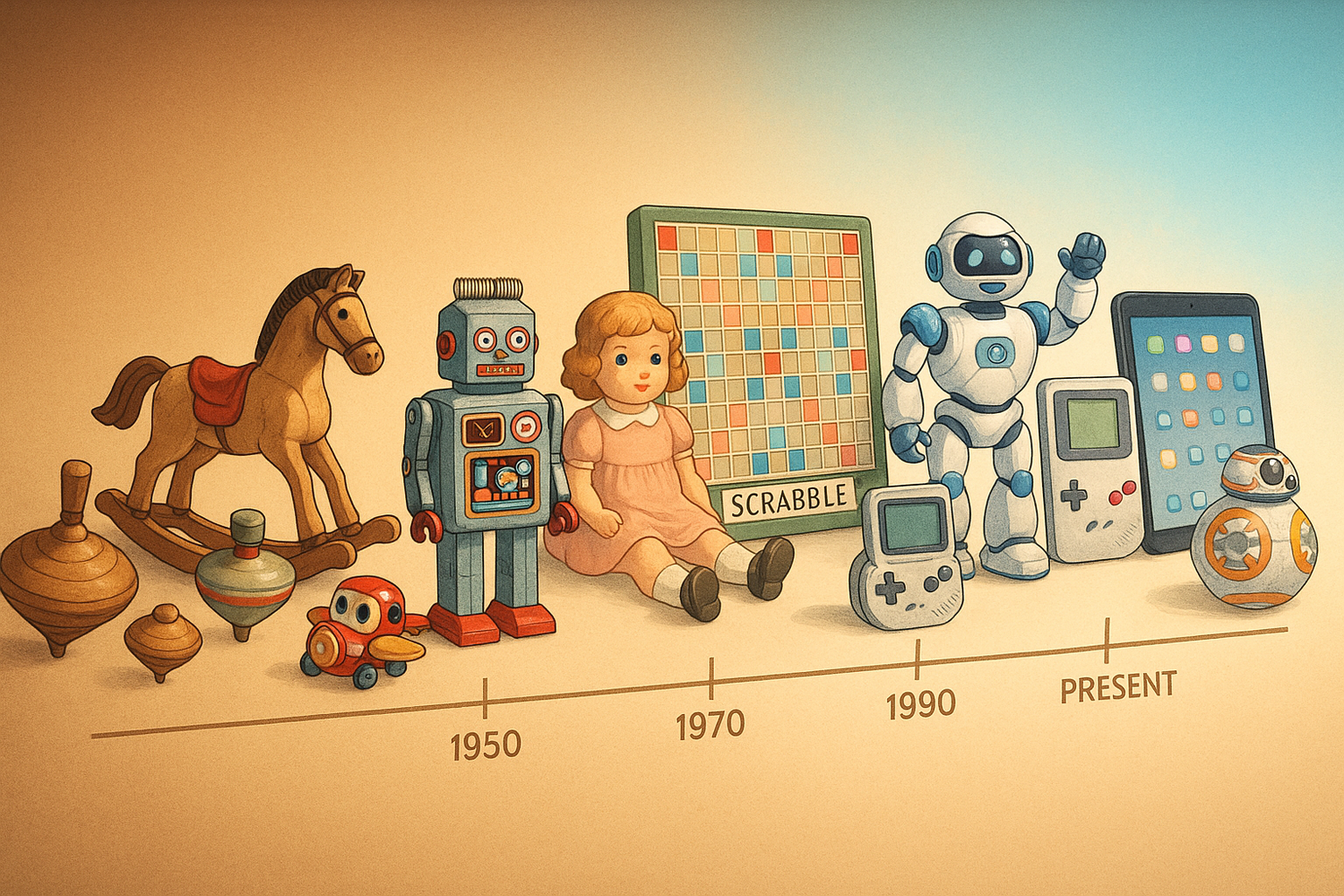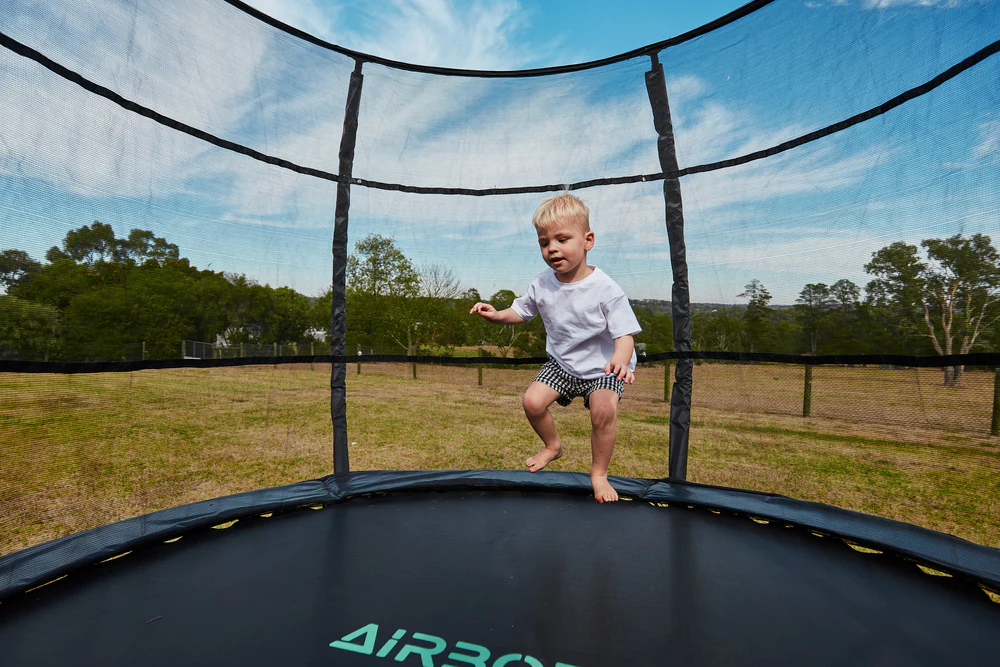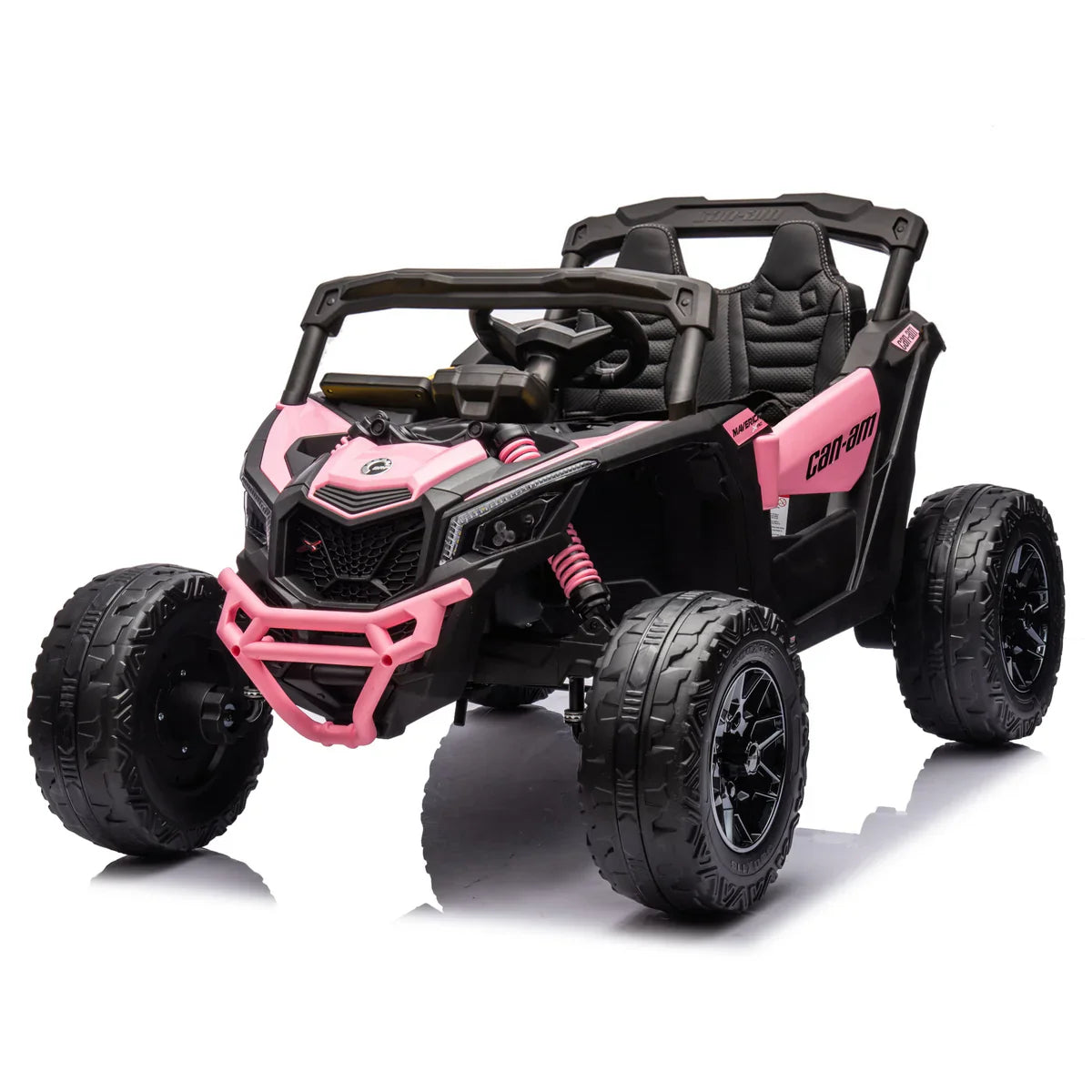Children and play equipment are made for each other. If we travel through the past, it would be just a matter of time before people started developing equipment that children can play on outdoors. But who was responsible for putting two and two together?
This article will walk you through the fascinating evolution of children’s play equipment, offering some valuable background information.
The Inspiration of Friedrich Fröbel (1782-1852)
Although Frobel, a 19th-century German educator, did not invent playgrounds, he may have been responsible for their evolution. As the inventor of kindergarten, he was the first to assert that children have unique developmental needs requiring designated play areas. He also recognized the importance of adventurous outdoor activity.
1821 to 1900: The First Playgrounds Appear
The first major outdoor playground was built in the Latin School in Salem, MA. It featured gymnastic equipment, such as a vaulting horse and parallel bars.
However, playgrounds did not catch on with a broader audience until several years later, when communities noticed children playing in the streets, putting themselves in danger.
As a result, more playgrounds were established, with the first developed in Chicago in 1876. Sand gardens became popular in Massachusetts in 1887. By 1891, playgrounds were gaining popularity, looking more like they do today, with swing sets and climbing equipment.
1900 to 1930: Safety Becomes a Concern
In 1900, Jane Addams, founder of Hull-House, a settlement in Chicago, co-founded the Playground Association of America (PAA). The organization was committed to keeping children safe and created programs to train playground and recreational directors. It transformed how people viewed playgrounds, further supporting their popularity.
1930 to 1950: Playgrounds Become an Afterthought
During this era, the world was devastated by the Depression and World War II, and playgrounds became empty. However, children made the most of what they had, playing in construction zones and junkyards. Though not ideal, these gave rise to the adventure playgrounds that are popular today.
1950 to 1970: Playgrounds Return
After the war ended, people could focus on playgrounds again and make them better than ever. Modern playgrounds were designed to stimulate the imagination with tunnels, mazes, and rockets. However, due to a lack of regulation, they also presented their share of hazards.
1970 to 1999 Regulations are Introduced
In the late 20th century, manufacturers became involved in the playground industry, and regulations became necessary. The Handbook for Public Playground Safety was introduced in 1981 to reduce falls and related injuries.
Other regulations followed, including a set of standards created by the Canadian Standards Association (CSA) and the Standard Consumer Safety Performance Specification for Playground Equipment for Public Use. The International Play Equipment Manufacturers Association (IPEMA) was formed in 1996, requiring certifications for playground safety.
2000 to Present: The Modern Era
Today, playgrounds continue to evolve with accessible, sensory, and nature-inspired features that keep children safe and engaged.
Little Tacker Toys is a Top Name for Children’s Playground Equipment
Little Tacker Toys may not have played a role in inventing children’s outdoor play equipment, but we support the industry with safe, innovative equipment. We offer a wide selection of swings, trampolines, and ride-on cars. Our customer care supports a positive buying experience.
Contact us when you’re ready to start your playground.








Leave a comment
This site is protected by hCaptcha and the hCaptcha Privacy Policy and Terms of Service apply.